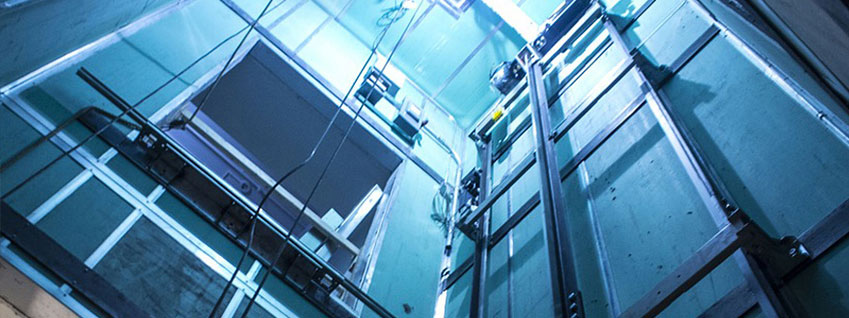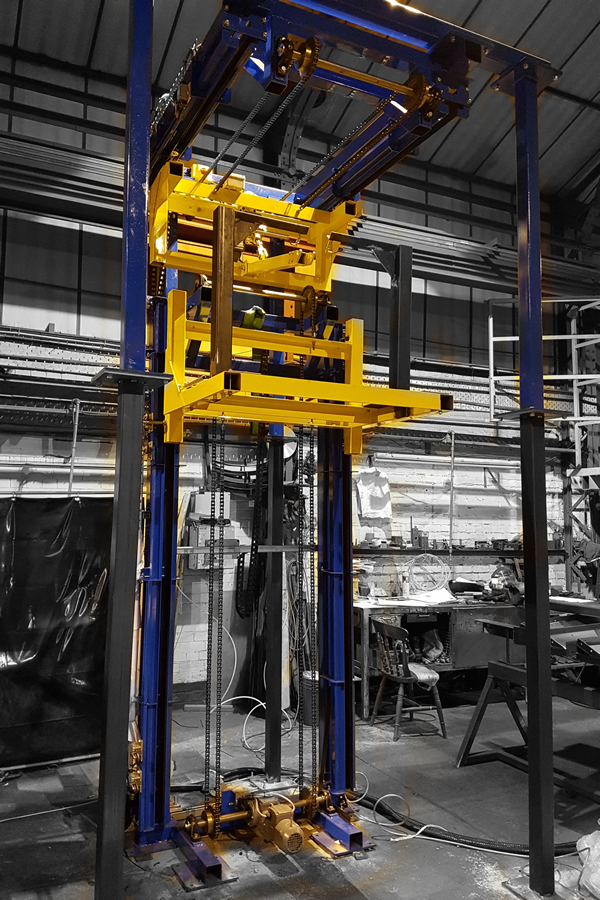Compare Disabled Platform Lifts Prices UK: Affordable Options for each Requirement
Compare Disabled Platform Lifts Prices UK: Affordable Options for each Requirement
Blog Article
Looking Into the World of Elevators: Typical Issues Encountered by Different Lift Devices
As we navigate with the upright transportation systems of modern buildings, elevators stand out as an indispensable component of our everyday lives. From hydraulic lifts to grip systems and machine-room-less designs, each lift type comes with its set of typical problems.
Hydraulic Elevators
Hydraulic lifts, commonly preferred for low-rise buildings, use fluid pressure to manage the activity of the elevator auto (lift repair companies). This mechanism includes a hydraulic pump pushing oil into a cyndrical tube, triggering the elevator to relocate the preferred direction. While hydraulic lifts are understood for their smooth and silent procedure, they do come with their own collection of common issues
One common issue with hydraulic elevators is oil leakage. In addition, concerns with the control system, such as damaged shutoffs or a malfunctioning pump, can trigger disruptions in the lift's activity.
Normal upkeep and timely repair work are vital to guarantee the smooth functioning of hydraulic lifts. By attending to these usual issues proactively, structure owners can reduce downtime and ensure the safety and security and effectiveness of their vertical transportation system.
Traction Lifts
When thinking about vertical transport systems in buildings, an additional usual type in addition to hydraulic lifts is the traction lift. Traction lifts operate utilizing a system of ropes and counterweights that relocate the elevator auto by grasping onto the hoist ropes. This mechanism permits smoother and faster vertical transport compared to hydraulic systems.
Among the common concerns faced by grip elevators is rope wear. The consistent motion of the ropes within the traction system can cause tear and use over time, possibly triggering the elevator to malfunction or come to be risky for usage. Regular examinations and maintenance of the ropes are necessary to make certain the elevator's appropriate functioning and security.
An additional issue that grip elevators may run into is related to the control system. Issues with the control system can lead to problems such as irregular movement, hold-ups in feedback times, or perhaps total closures. Normal screening and maintenance of the control system are crucial to avoid such concerns and ensure the elevator's dependability.
Machine-Room-Less (MRL) Lifts

Among the essential parts of MRL lifts is the small gearless traction maker that is installed within the hoistway. This equipment effectively drives the elevator auto without the requirement for cumbersome devices located in standard traction lifts. Additionally, MRL lifts typically make use of a counterweight system to balance the cars and truck, further improving their energy effectiveness.
Regardless of their benefits, MRL elevators may deal with obstacles related to repair and maintenance due to the restricted room for equipment installation. Availability for servicing parts within the shaft can be restricted, requiring specialized training for specialists. Proper upkeep timetables and normal inspections are important to make sure the ongoing smooth procedure of MRL lifts.
Overloading and Weight Limit Issues
Straining and weight restriction problems are important worries in elevator operations. Lift suppliers style lifts with specific weight abilities to make certain traveler safety and equipment long life.
When elevators are overloaded, it places extreme strain on the motor, wires, and other components, possibly creating break downs or malfunctions. Safety and security systems such as sensing units and overload sensing units are in area to avoid elevators from relocating if they spot excess weight. Additionally, surpassing weight limits can cause enhanced power consumption and damage on the elevator system.
To alleviate overloading problems, building managers need to prominently present weight limits in lifts and enlighten passengers on the relevance of adhering to these constraints - lift repair companies. Regular maintenance checks by certified specialists can additionally help guarantee that lifts are operating within risk-free weight criteria. By addressing overloading and weight limitation concerns proactively, structure owners can improve lift safety and security and efficiency
Electrical System Failings
Going beyond weight limits in elevators can not just bring about mechanical issues but likewise possibly add to electric system failures within the lift infrastructure. Electrical system failings are an essential concern in elevator operation, as they can trigger unanticipated closures, breakdowns, or perhaps safety risks. One typical electric problem is the getting too hot of parts as a result of too much existing circulation caused by straining the lift past its capacity. This can lead to harm to the electric motor, control, or circuitry systems, leading to expensive repair services and downtime.
Additionally, power surges or fluctuations in the electrical supply can find out this here additionally disrupt the lift's operation, affecting its efficiency and security. These electrical disruptions can harm sensitive lift elements such as control panels, circuit boards, or sensing units, causing system failures. Normal maintenance and evaluations are crucial to recognize and attend to potential electric problems promptly, making sure the effective and safe procedure of elevator systems. By sticking to weight limits and performing routine electric system checks, building proprietors can reduce the threat of electrical failings in elevators.
Final Thought

Hydraulic elevators, usually chosen for low-rise structures, use fluid stress to manage the activity of the elevator auto.When thinking about upright transportation systems in structures, another typical kind aside from hydraulic lifts is the traction lift. Traction elevators run using a system the original source of ropes and weights that relocate the elevator auto by gripping onto the hoist ropes. Unlike standard lifts that need a different machine space to house the tools, MRL elevators integrate many of the parts Check Out Your URL within the shaft, eliminating the need for a committed machine space.In verdict, lifts face typical concerns such as hydraulic breakdowns, traction system failures, and electrical system issues.
Report this page